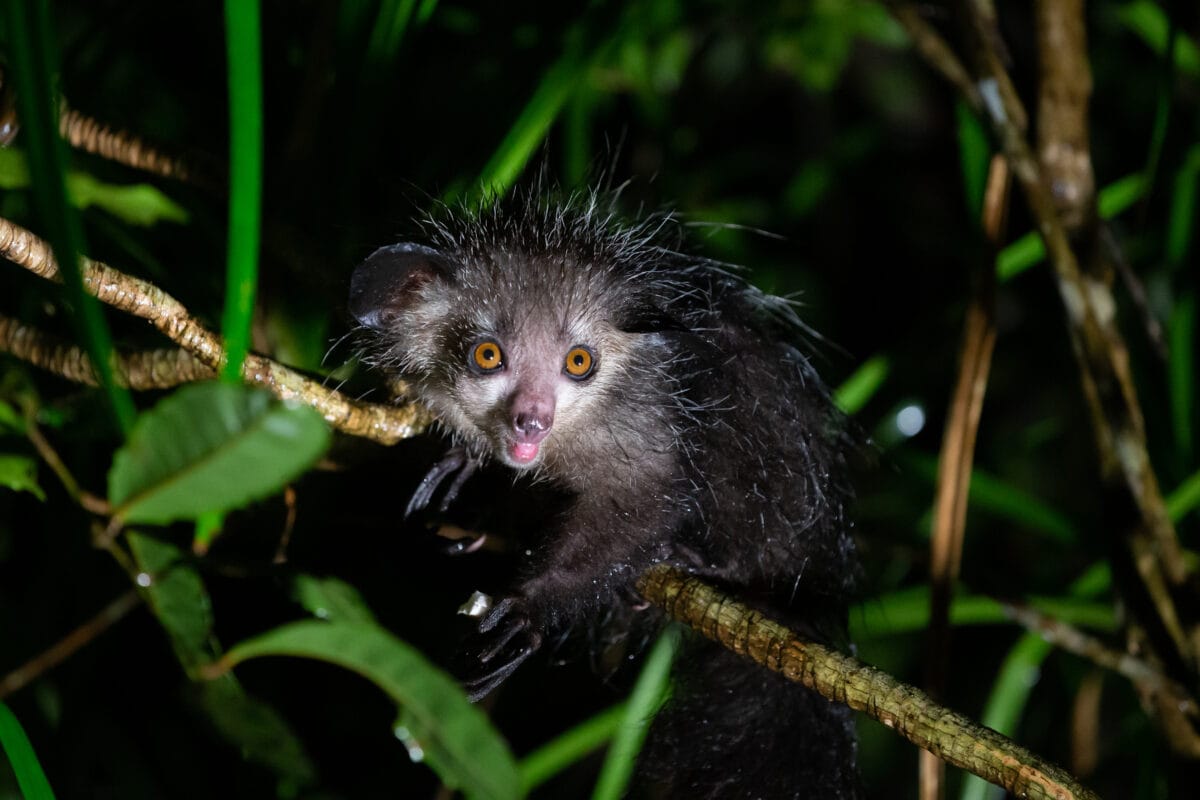In the vast, mysterious world hidden from our sight, there exist creatures that have evolved to survive and flourish in complete darkness. From the impenetrable depths of the ocean to secluded caves, these organisms unravel the wonders of adaptation, showcasing the incredible diversity of life on Earth. Join us on an expedition into the shadowy corners of the natural world as we explore 13 fascinating creatures that call the darkness home.
Introduction to the Wonders of Darkness
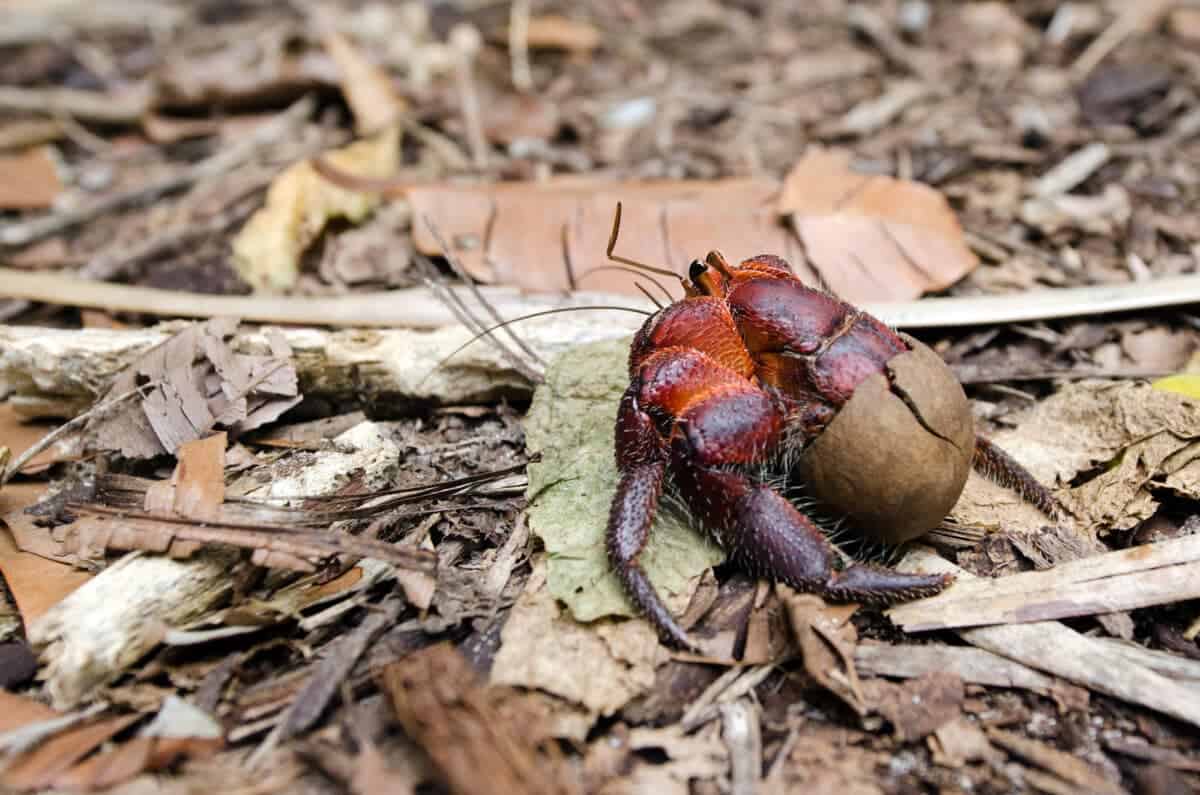
Life on our planet has an extraordinary knack for survival. Whether under the scorching sun or in total darkness, it finds ways to adapt and thrive. This article delves into the lives of 13 remarkable creatures that have mastered the art of living without light, revealing intriguing adaptations and behaviors that ensure their survival in habitats void of sunlight.
The Majestic Anglerfish
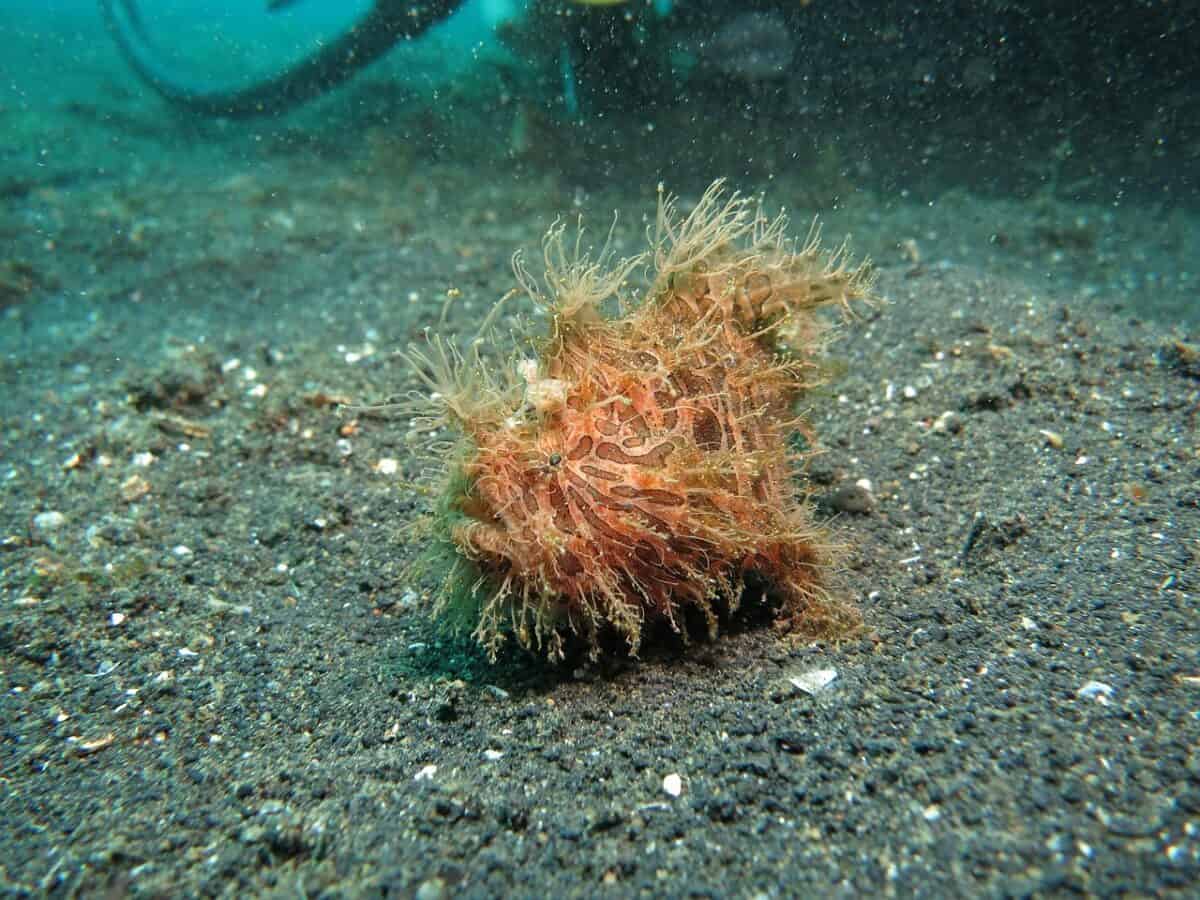
Inhabiting the dark depths of the ocean, the anglerfish is a true master of disguise. Equipped with a fleshy, bioluminescent lure that dangles from its forehead, this cunning hunter uses light to attract unsuspecting prey. Its predatory skills are matched by its unique ability to blend into its shadowy surroundings, making the anglerfish a formidable creature of the deep sea.
The Enigmatic Deep-Sea Octopus
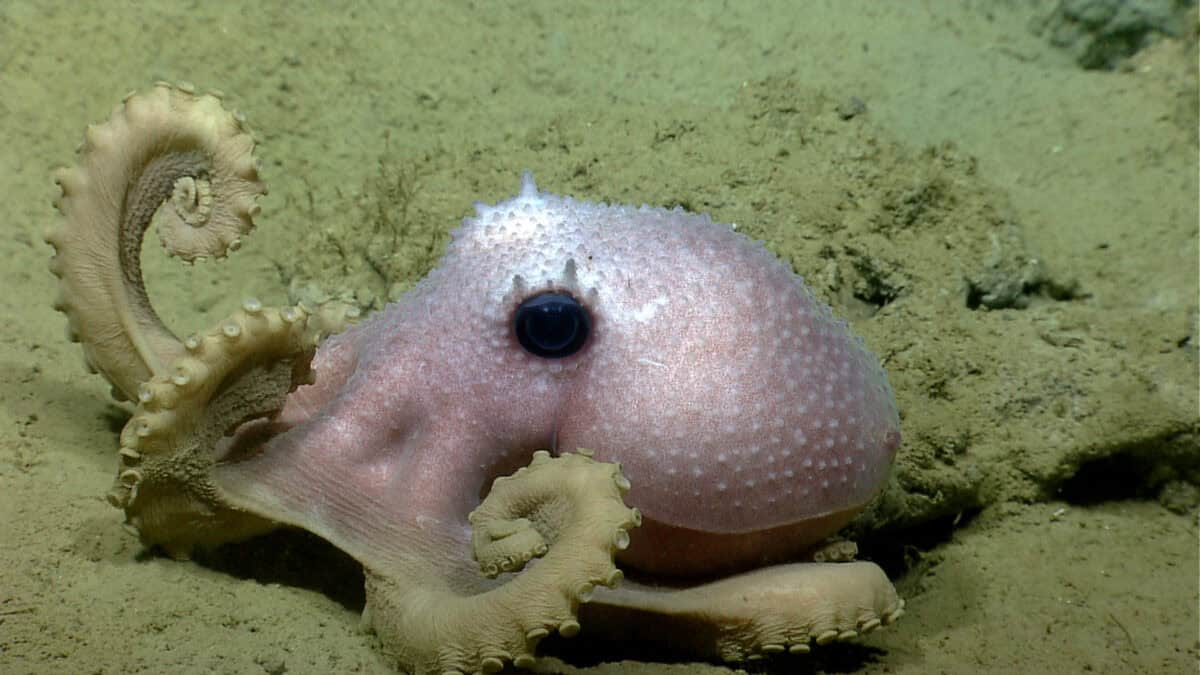
Deep-sea octopuses, like the aptly named Dumbo octopus, inhabit ocean trenches at depths reaching 13,000 feet. Their remarkable abilities include color-changing camouflage and sensitive tentacles for navigation in the dark. These octopuses prove that even in the most inhospitable environments, life survives and exhibits stunning adaptability.
Blind Mexican Cave Fish

The Mexican cave fish has adapted to a sightless existence in its subterranean habitat. Over time, these fish have lost their eyes, but they thrive by developing enhanced taste and lateral line systems to sense their environment. Their unique evolutionary path underscores nature’s capacity for transformation.
The Elusive Aye-Aye
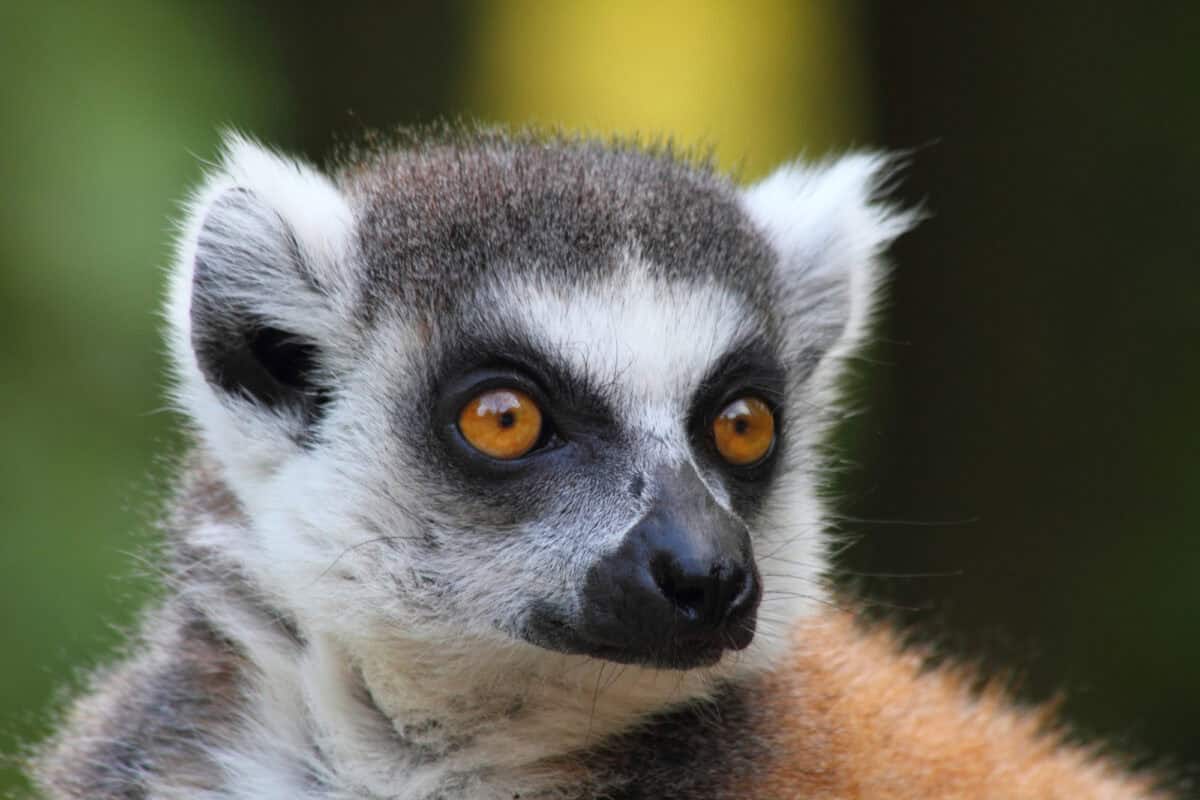
While not completely blind, the aye-aye resides in the dense forests of Madagascar, where it prefers the nocturnal darkness. Known for its elongated finger used for tapping and locating insects under bark, the aye-aye’s eerie appearance belies its ingenious method of hunting in the night.
The Ghostly Olm

Native to the caves of Slovenia and Croatia, the olm is an aquatic salamander that lives in total darkness. With its blind eyes and pale skin, the olm might look like a mythical creature, but its highly developed sense of smell and hearing ensure its survival without the need for sight.
The Resilient Troglobites
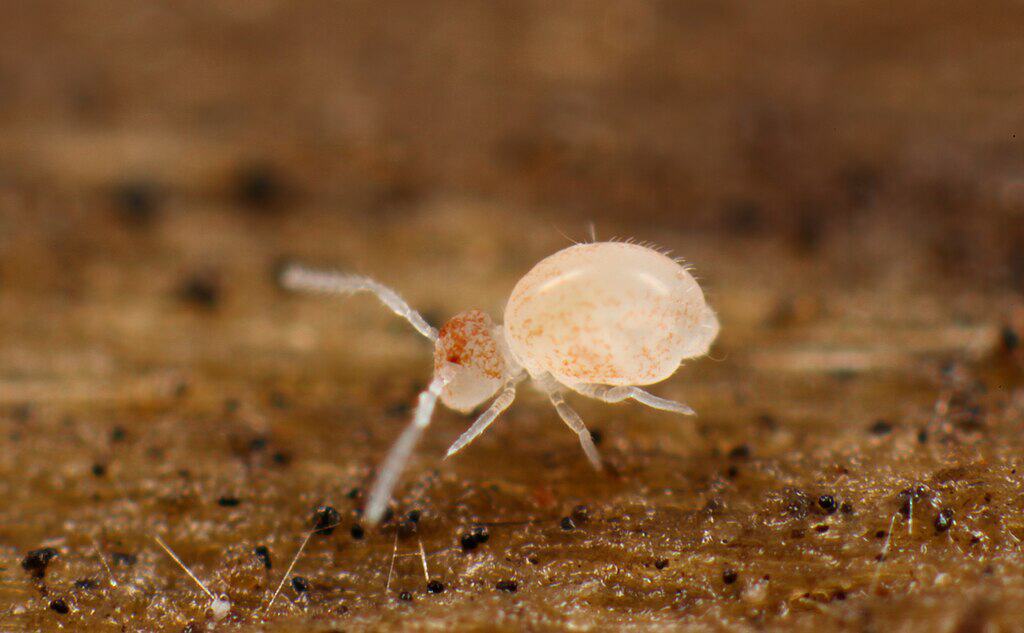
Troglobites are a group of species completely adapted to cave life, including insects and arachnids. These creatures exhibit slow metabolic rates and unique reproductive strategies to survive in nutrient-scarce environments. Their existence reinforces the incredible adaptability of life in extreme conditions.
The Bioluminescent Firefly Squid

Dwelling in the deep waters of the Western Pacific, the firefly squid uses bioluminescence for communication and camouflage. This eye-catching light display not only dazzles the darkness but also aids in the squid’s nocturnal predation and mating rituals.
The Creepy Deep-Sea Dragonfish
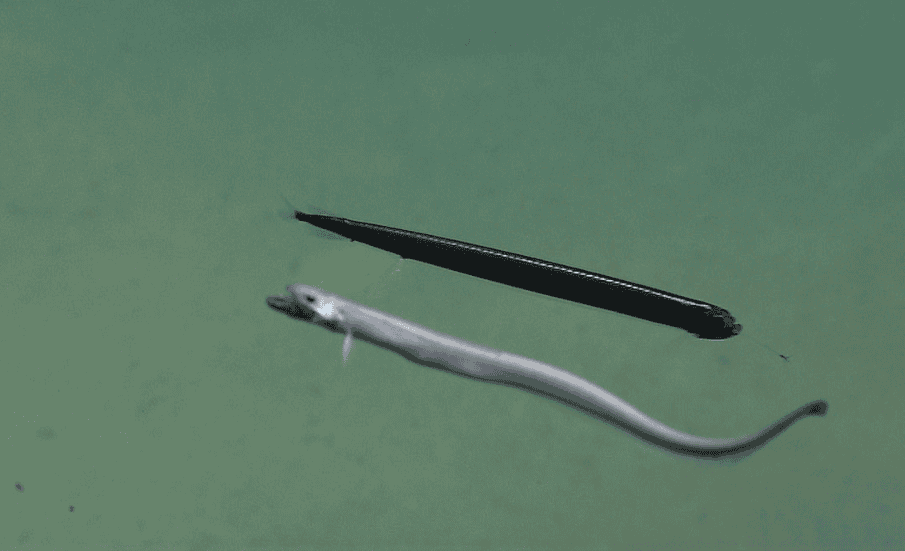
The dragonfish epitomizes the eerie allure of deep-sea creatures. With photophores along its body and fanged jaws, this fish navigates the darkness by producing red bioluminescent light, invisible to most other residents of the deep, allowing it to hunt stealthily.
The Mysterious Vampyroteuthis

Better known as the vampire squid, this enigmatic cephalopod inhabits the murky deep. Unlike traditional squids, it uses its dark webbing and bioluminescent organs to spook predators and gather detritus in a unique survival strategy, showcasing how life in darkness is far from ordinary.
The Persistent Coconut Crab

While not strictly a creature of darkness, the coconut crab’s nocturnal habits showcase its preference for the cover of night. As the largest terrestrial arthropod, it uses the night to scuttle about on palm trees, feeding on coconuts and smaller animals with little competition.
The Silent Cave Cricket

Adapted to the subterranean world, cave crickets have elongated antennae and legs, ideal for navigating in complete darkness. These crickets primarily rely on their heightened senses of touch to search for food, displaying a shadowy survival strategy.
The Formidable Blind Snailfish

Living in the Mariana Trench, the world’s deepest known trench, the blind snailfish has evolved to withstand immense pressure and bask in darkness. It turns the unforgiving deep into a sanctuary, exemplifying life’s uncanny ability to flourish where least expected.
Conclusion: The Bright Side of Darkness

The hidden world of dark-dwelling creatures is a testament to life’s resilience and creativity. From bioluminescent hunters to eyeless wanderers, these creatures embrace darkness, transforming it into a realm of adaptation and survival. Their stories remind us of the vast, unexplored potential within nature and inspire us to look beyond the light to uncover the secrets of our planet’s lesser-seen inhabitants.
- 13 Venomous Creatures You Will Want to Avoid - August 9, 2025
- Top 12 Most Affectionate Dog Breeds to Own in America - August 9, 2025
- 11 Questions About Animal Sleep That People Ask Google - August 9, 2025

